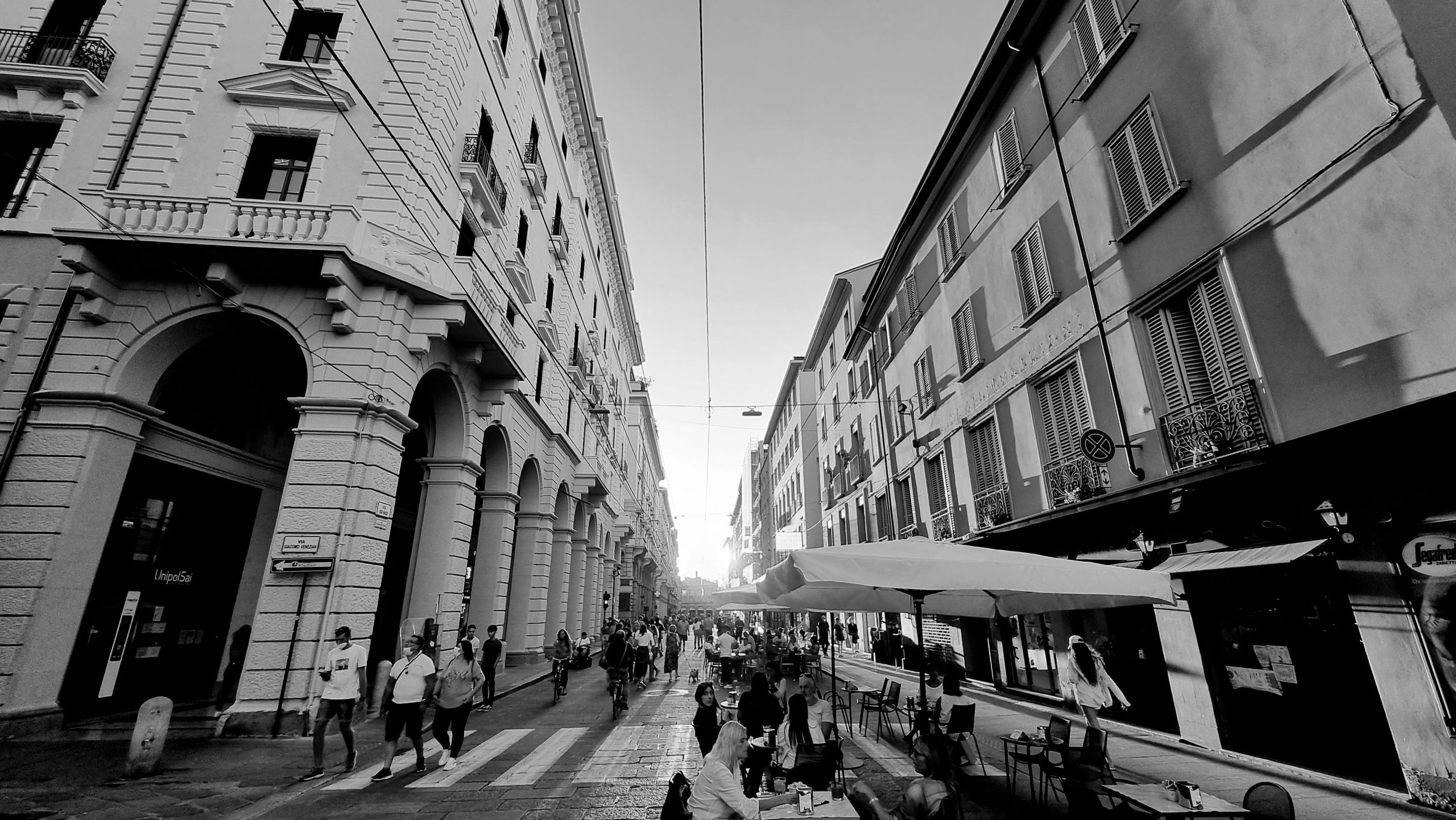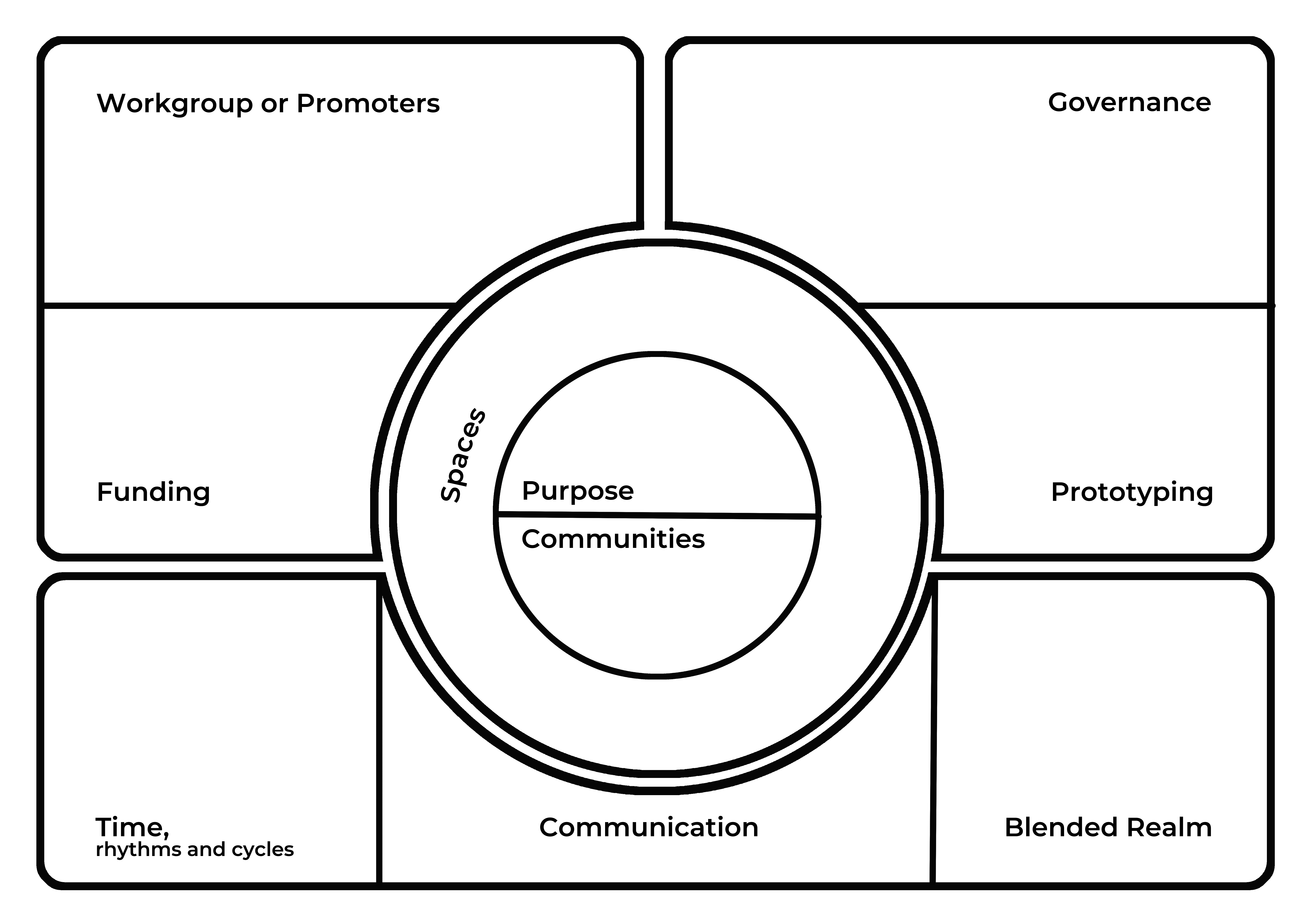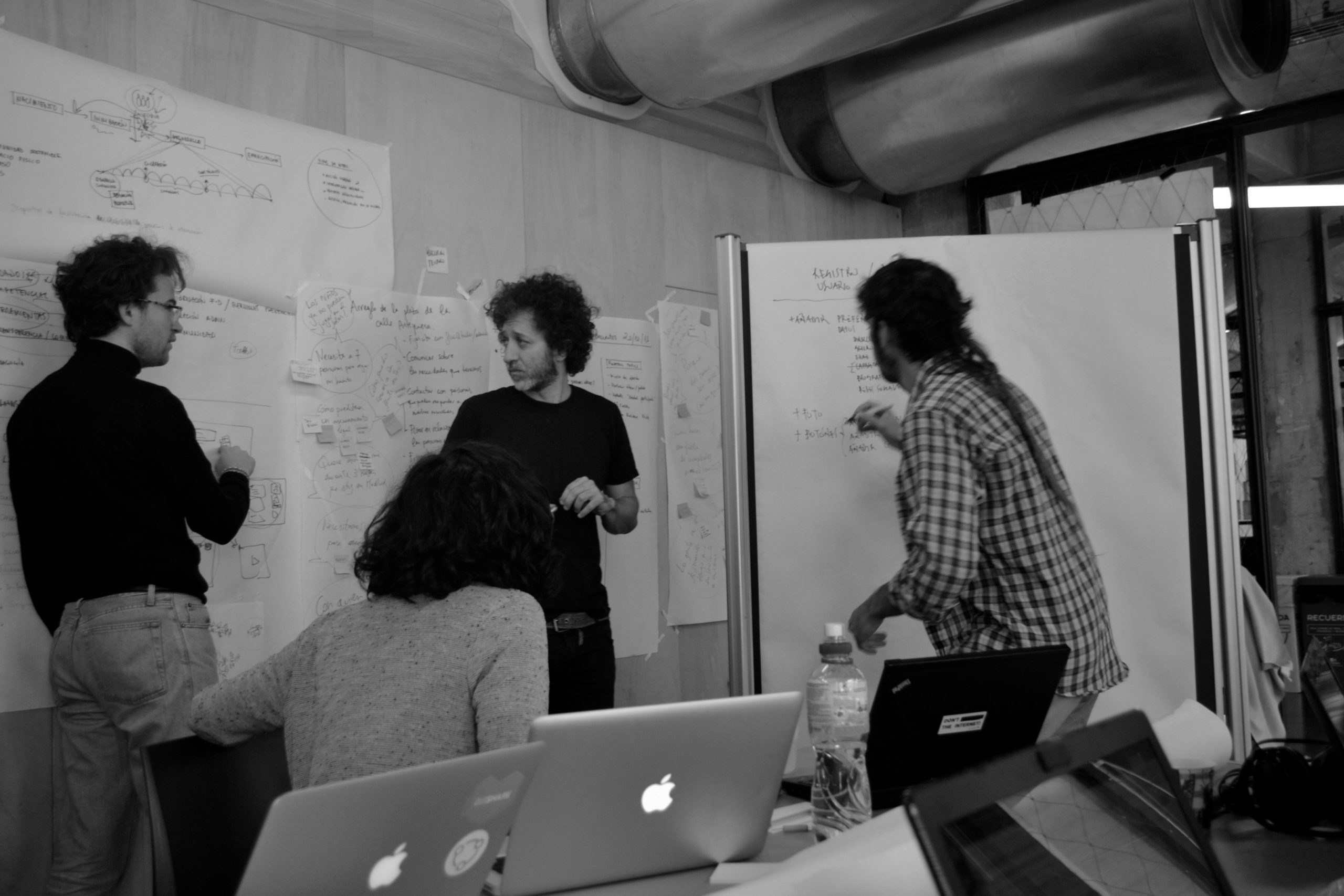
Cities are hard to change…
Introduction
Cities are hard to change because they rely on the existence of a reliable centralized status. What we can do to empower the citizens and change the system?
For this to happen, the change must be promoting decentralized events. You must be able to create a lot of small, local activities.
These activities must be sustainable for them to become a part of a new culture. So should include some economic incentive.
This means promoting adhocratic structures; ones that are not too representative and therefore avoid bureaucracy.
Non-centralized decision-making allows more people to participate. It allows for more creativity. It allows people to be more creative as they participate in carrying out their affairs. It eliminates rivalries. And it allows more diversity and experimentation.
Ideas
How to have a participatory design process, and how to make it sustainable?
- Provide regular opportunities.
Involve people regularly.
Invite people to participate: create an event (a meeting), create a forum, create a chat room, create an online map, etc.
Send an email (or SMS) with the invitation to all neighbors.
Organize the gathering online and offline.
- Let people choose.
Make the choice: create online surveys, create discussion groups, create workshops, etc.
Ask people to choose from different possibilities.
Pick the best solutions. Pick the least bad solutions.
- Give people ownership.
Let the people own not only the results but also the tools and the processes. Make empowering and engaging tools people can use easily and in an intuitive way.
- Collaborative Spiral.
Use an iterative and collaborative approach. Engage people in new ideas, new solutions, and new processes.
- Dip your toe in, then dive in.
Start with smaller events, then adopt bigger ones.
Create small events which can act as a test to see if the idea itself is right. If it works, then take the next step.
If it doesn’t work, then try something else.
- Create tools such as wiki pages, online polls, participatory design software, etc.
Create tools that can support the participants.
Continue developing the tools based on the input of participants and based on the experience of the participants.
- Share, Learn and Improve.
Raise awareness, create dialogue and share it on social media.
Promote and facilitate participation through invitations to more people, starting over again.
Get feedback to improve the process and the tools.
- Let the process go and instigate new autonomous and distributed events.
Trusting the participants and letting them lead the process is the best way to build trust.
When these conditions are met, the participatory process will self-replicate and self-stabilize. The blooming of autonomous participatory events and initiatives will overtake top-down centralized design processes.
Conclusion
One of the key elements is to design ways to make things better together without a routine of imposed design. The goal is to make things better together. When new events are created, they are not part of a top-down hierarchy but are independently self-organized.
So this is the new approach for the future participatory design process: Be a facilitator, not a dictator.
These thoughts are part of my work defining and promoting Civic Design. You can download for free my Civic Design Method here: civicdesignmethod.com
If you have any suggestions, please share them below as comment.






Post a comment